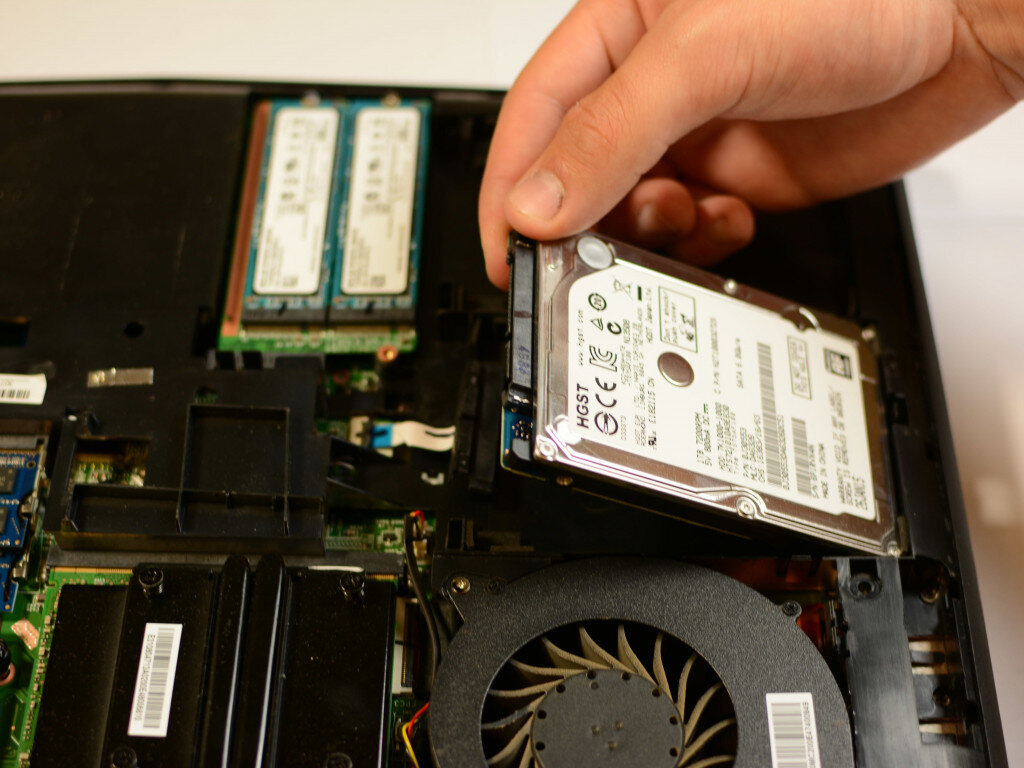In a market flooded with thousands of blockchain startups, credibility is everything. For users, investors, and developers, trust is often the deciding factor between engaging with a project or passing it by. The decentralized nature of crypto creates both a unique advantage and a serious challenge—while blockchain technology is designed to eliminate the need for intermediaries, the human side of trust is still a critical component in adoption. And that’s where influencer marketing enters the picture. More than a trend, influencer-driven credibility is now one of the most powerful tools for blockchain brands looking to stand out and stick in a competitive space.
The Crisis of Trust in Blockchain
Despite all the innovation in the crypto space, skepticism still looms large. From rug pulls and token scams to projects with no real use case, users have learned to be cautious. New blockchain startups, even those with solid technical foundations, often struggle to gain traction because the community has grown weary of overhyped promises. A whitepaper and a flashy roadmap aren’t enough anymore. What audiences need is reassurance—from sources they already trust.
This is why influencer marketing has become so central to blockchain branding. Influencers provide a layer of human credibility that technology alone cannot offer. Their voices bridge the gap between complex innovations and mainstream understanding, helping brands break through skepticism with authenticity and relatability.
Influence as a Social Validator in Web3
In Web3, where transparency is currency and decentralization is a guiding principle, influence operates very differently from Web2. Followers in the crypto world are more technically informed, harder to impress, and more vocal about what they believe in. In this context, influence is not just about reach—it’s about relevance, authority, and resonance within specific blockchain communities.
A respected DeFi analyst or NFT content creator doesn’t just promote products—they validate them. Their engagement acts as social proof, signaling to others that the project is worth exploring. This kind of peer-to-peer endorsement is far more effective in blockchain marketing than traditional paid ads or PR campaigns. It humanizes the technology and reinforces the legitimacy of the brand behind it.
Authenticity Over Hype: The New Influencer Playbook
Blockchain audiences are increasingly discerning, and they can spot disingenuous promotions from a mile away. Influencers who shill a token or project without clearly understanding it—or worse, without disclosing sponsorship—risk losing credibility, not just for themselves but for the project they’re promoting.
As a result, the influencer marketing landscape in crypto has matured. Today’s successful collaborations are built on mutual understanding and genuine alignment between the influencer and the brand. Influencers now demand transparency, long-term involvement, and in some cases, equity or token-based incentives that tie them to the project’s success. This shift prioritizes authenticity over hype and helps blockchain brands develop reputations that last beyond a token’s listing or NFT drop.
The Rise of Micro-Influencers and Niche Communities
One of the most fascinating shifts in blockchain branding is the growing power of micro-influencers. These are creators with smaller but deeply engaged audiences who specialize in specific sectors like DeFi, GameFi, NFT art, privacy coins, or DAO governance. Unlike macro-influencers with massive reach, micro-influencers offer a more intimate connection with their followers. Their content often feels more educational, unbiased, and conversational.
Blockchain projects that engage these influencers can access highly targeted communities where trust runs deep. A single endorsement from a respected micro-voice in a niche space can lead to measurable increases in wallet activity, community signups, and organic social sharing. These micro-influencers are not just content creators—they are community leaders and ecosystem builders whose voices carry weight.
Creating Influence-Driven Content That Converts
Influencer marketing is not just about reach—it’s also about storytelling. The blockchain space is filled with technically sound projects that struggle to explain what they do in simple, compelling terms. Influencers help transform jargon-heavy messaging into relatable narratives that resonate with real people. Whether through Twitter threads, YouTube explainers, Substack articles, or Telegram AMA sessions, they frame your brand in a way that invites engagement and builds emotional connection.
Influencer-generated content often performs better than official brand announcements because it feels less like a marketing push and more like a genuine insight. This is especially critical in Web3, where communities value peer recommendations over centralized promotion. Well-crafted influencer narratives can influence token holding behavior, DAO voting participation, and even developer interest in open-source contributions.
Long-Term Collaborations Build Lasting Credibility
Short-term influencer campaigns may generate temporary spikes in visibility, but they rarely lead to sustained brand credibility. Blockchain companies that want to build long-term trust need to think beyond single promotions. Establishing enduring relationships with influencers allows for a more natural evolution of the brand story, as influencers take their audiences along on the project’s journey.
When influencers are brought in early—during pre-launch phases or testnet trials—they become more than marketers. They become partners. Their feedback helps shape product-market fit, their content documents growth milestones, and their ongoing engagement becomes a testament to the project’s transparency and community focus. Over time, this leads to authentic brand advocates who can rally users, investors, and developers around a shared vision.
Navigating Transparency and Ethical Promotion
As crypto influencers gain more visibility and influence, the issue of transparency becomes increasingly critical. Regulators in various jurisdictions are beginning to scrutinize paid promotions, undisclosed endorsements, and conflicts of interest in the space. Blockchain brands must prioritize ethical partnerships to avoid legal pitfalls and protect their reputations.
Clear guidelines on sponsorship disclosures, campaign objectives, and influencer responsibilities are essential. More importantly, brands should encourage influencers to conduct their own due diligence and only promote projects they truly support. This level of honesty helps avoid the perception of “shilling” and positions both the influencer and the brand as credible participants in the ecosystem.
Community Engagement Beyond Social Channels
Influencer marketing doesn’t end with a shoutout or a thread. The real magic happens when influencers become embedded within the project’s community. Whether they’re active in Discord chats, participating in DAO proposals, attending Twitter Spaces, or engaging with developers on GitHub, their involvement enhances the project’s culture.
This level of immersion blurs the line between marketing and community building. Influencers help surface user questions, gather feedback, and translate brand updates into digestible formats. As a result, they become an extension of the team—acting as both public ambassadors and internal sounding boards. This creates a loop of trust where users feel heard, influencers feel valued, and the brand becomes a living, evolving entity shaped by its own ecosystem.
The Measurable Impact of Influence on Brand Stickiness
Brand stickiness in crypto is often measured in community retention, token holding duration, governance participation, and developer activity. These are not metrics that can be inflated through paid impressions or one-off campaigns. They require consistent, credible engagement—which influencer marketing can provide when done right.
A strong influencer presence can result in loyal community members who advocate for the brand organically. These individuals help answer questions, onboard newcomers, and defend the project against FUD. They turn branding from a top-down directive into a bottom-up movement. Over time, this level of engagement builds a brand that doesn’t just trend—it stays relevant, trusted, and sticky across market cycles.
Conclusion: Influence That Builds, Not Just Promotes
In the decentralized world of crypto, building a brand that sticks is not just about innovation—it’s about trust. Influencers offer a unique path to credibility, acting as social validators, community builders, and translators of complex technology. But the true power of influence lies in its authenticity.
Blockchain brands that invest in long-term, ethical influencer partnerships don’t just win followers—they build believers. And in a space driven by open participation, belief is the foundation of everything. Influence, when guided by integrity and aligned vision, is not just a marketing tool—it’s a force for building decentralized brands that last.


